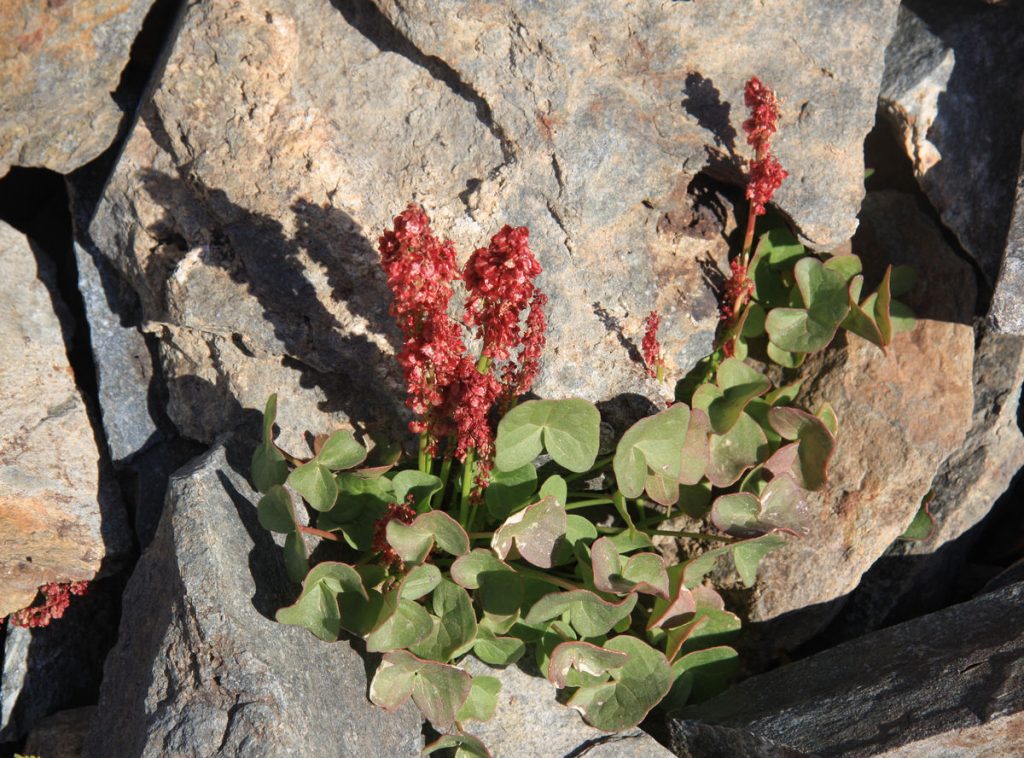Huckleberry (Vaccinium)
Huckleberries are small and round, approximately 5 to 10 millimeters in diameter, and bear resemblance to small dark purple blueberries. They grow on bushes varying in height from 6 inches to 3 feet and reproduce with rhizomes. The red variant of the Huckleberry is tart (with large bitter seeds) whereas the purple ones tend to be sweet. There are three to four seedless purple varieties that grow in and around Glacier National Park, and although they resemble the blueberry in appearance, they have a very distinct flavor, more like that of the blackberry.
These tasty, finger-staining berries grow wild on subalpine slopes, forests, bogs and lake basins in northwestern United States and western Canada. There are many trails in Montana where you will find Huckleberries; Huckleberry Lookout Trail, Lava Lake Trail, Danny on National Recreation Trail, Leverich Canyon, Marion Lake Trail, and Baree Lakes Trail to name a few.
The best season to pick these divine berries is in mid to late summer, or later in the year at high elevations. Huckleberries usually start to ripen at the lower elevations in the month of July. You should avoid picking around dawn and dusk because Black and Grizzly bears also love huckleberries and that is their favorite time to snack.
Huckleberries are a great antioxidant and being high in iron, these berries help in the making new blood. Huckleberries are associated with lowering blood cholesterol and aiding digestion. This precious fruit is also a great source of vitamin B and C. Overall, they are a good source of nutrition and energy, taste great, and make delicious pie.
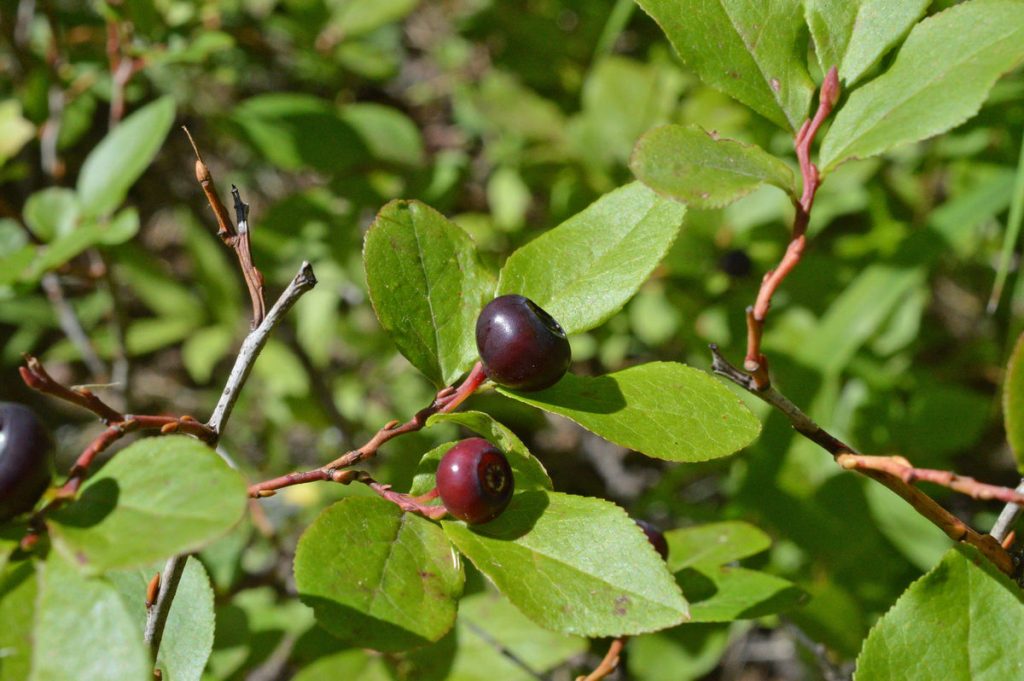
Thimbleberry (Rubus parviflorus)
The Thimbleberry is part of the rose family and related to the raspberry. The berry is similar to the red raspberry in color and shape but smaller (5 to 10 millimeters in diameter), seedier, and quite tart. The berries ripen in mid to late summer, most often in August, and fall apart very easily. These berries are relished by many types of wildlife, from small birds to grizzly bears.
Thimbleberry shrubs are wide spreading and quite common along forest trails at lower elevations in the Northern Rocky Mountains. They thrive in consistent pathways of avalanches, next to streams and shady moist woods of the montane and subalpine forests. The shrubs grow to be 3 to 6 feet high with thornless stems and maple-like shaped leaves.
A tea made from its leaves was thought to be a treatment for wounds, burns, acne, or digestive problems. However, there is no clinical evidence of this. The American Indian also ate the young shoots. If you are backcountry hiking or camping, Thimbleberry leaves can be used as toilet paper.
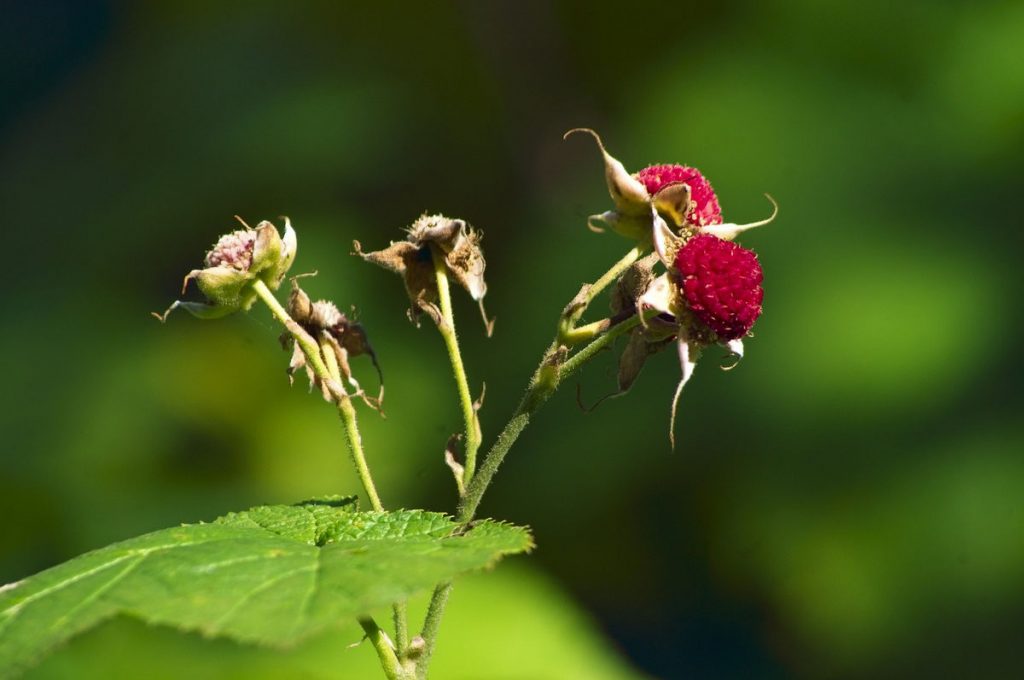
Chokecherry (Prunus virginiana)
Chokecherry also known as bitter berry grows on small trees or suckering shrubs. The leaves are oval, long and 1 ½ to 5 cm wide. The fruit itself is typically 6 to 14 mm in diameter, range in color from bright red to black, and possess both a somewhat sour and somewhat bitter taste. Upon ripening, the berries of a chokecherry plant become dark in color and taste sweeter than when red (unripe).
The Chokecherry shrub is widespread across Montana. You will likely run across this plant species at some point in your visit to Glacier National Park. It grows in grasslands and ponderosa pine woodlands, often along waterways. If you cannot find anything else, you can surely nibble on this fruit, keeping in mind that only the flesh of the fruit is edible and eating the seeds may make you sick.
In most places, Chokecherry season is mid August to early September (try to avoid picking offseason, they are pretty bitter and unpleasant). Now, the berries, when ripe, are relatively sweet – choose plump and brightly colored berries, and avoid wilted, shriveled or blemished berries.
Chokecherries are low in fat, free of saturated fat, cholesterol free, and sodium free. They are an excellent source of fiber and vitamin K. These berries are also packed with vitamin B6, potassium, and manganese therefore the nutritional value of this plant trumps its sometimes-firm taste. Most people use this berry for jam or syrups.
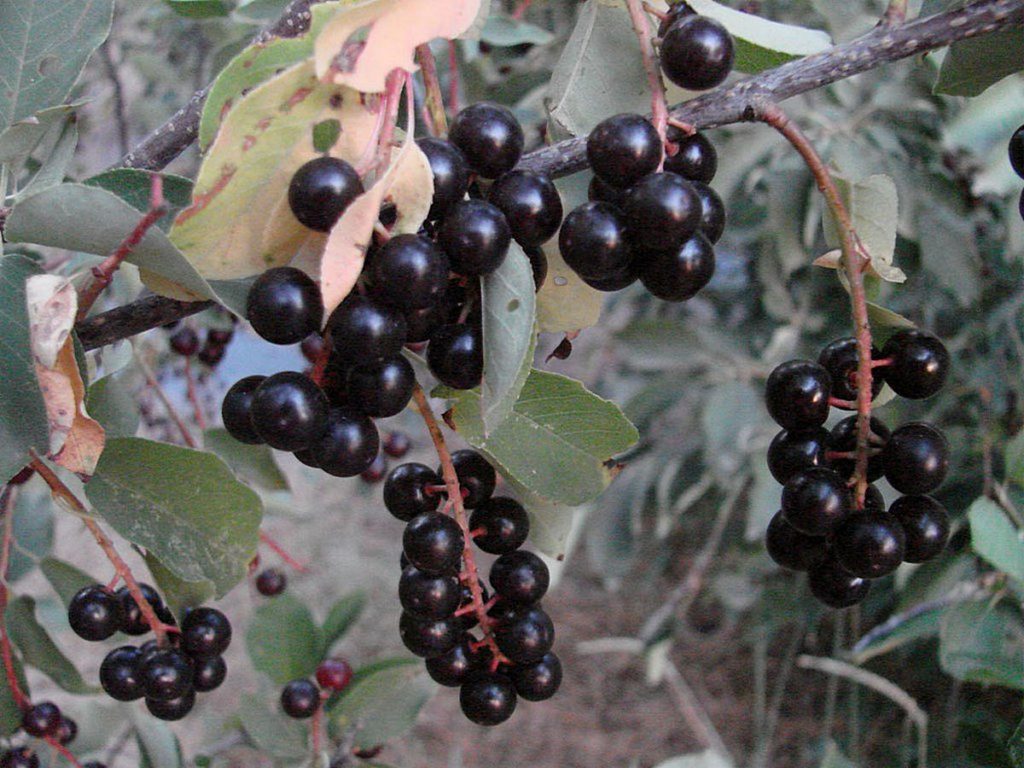
Stinging Nettle (Urtica dioica)
Stinging Nettle is an herbaceous, perennial flowering plant. Its identification are sharp hairs on its leaves. These hairs contain chemicals, such as formic acid and histamine, that can be irritable to the skin and can cause stinging, itching, and redness.
This plant is native to Europe, much of temperate Asia and western North Africa. It is abundant in northern Europe and much of Asia, usually found in the countryside. But Stinging Nettle can also be found in Montana in damp meadows, open forests, streambanks, plains and valleys to lower subalpine.
Its germination season is spring or fall, full-grown plants can be found in late summer. In order to eat stinging nettle, leaves must first be cooked or steamed to get rid of the hairs on the leaves. But if you are lost in the wild and have no means to cook or to steam the leaves, then it’s possible to eat raw, fresh nettles. You can neutralize the formic acid by crushing nettle leaves first, eliminating their sting.
Stinging Nettle has great medicinal value; said to help with arthritis, rheumatism, muscular pain, seasonal allergies and diabetes. Stinging Nettle also contains high amounts of protein, crude fiber, calcium, iron, and is relatively low in carbohydrate. It is generally safe to eat this plant although in some people it can cause urinary problems, rashes, diarrhea and stomach problems.
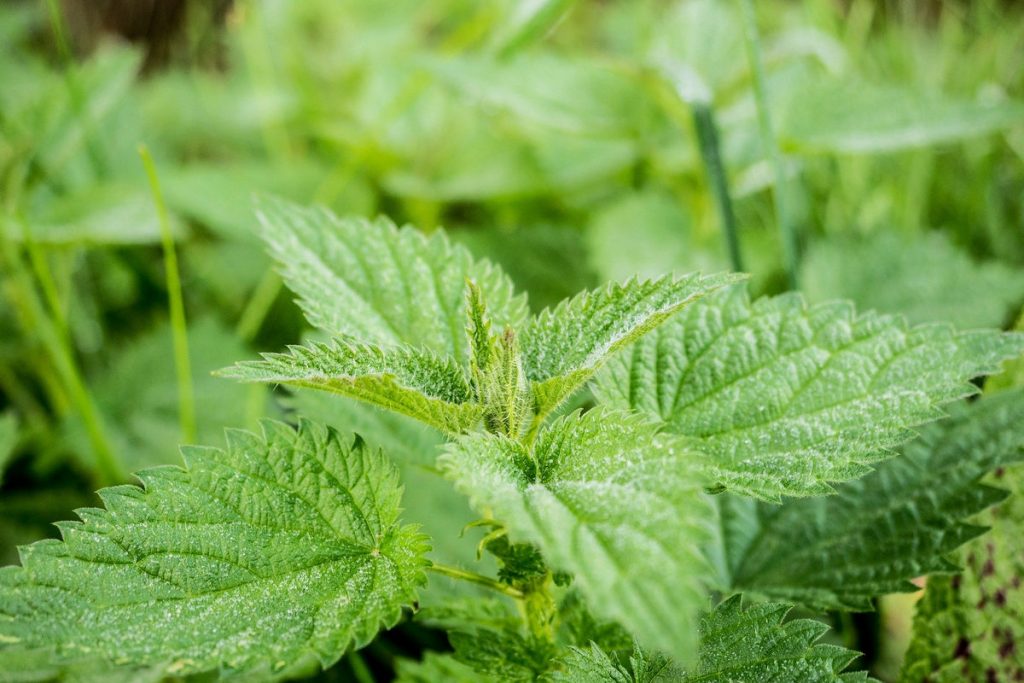
Gooseberry (Ribes uva-crispa)
Gooseberries are an edible plant-based berry, grown both commercially and in the wild. They grow on bushes with thickly branches and sharp spines. This delicious fruit is a rounded berry, sometimes oval in appearance, and generally smaller in the wild than cultivated varieties. The texture can be hairy or smooth depending on the type. The color is typically green (with light stripes), but there are also purplish-red, yellow, and white variants.
The Gooseberry can be found in the northern Rocky Mountains, Montana, and south to northern Utah. They grow in late June and early July. The season is short-lived. Gooseberries can be eaten fresh off the bush. The taste will be pleasant and sweet if the berries are fully ripe. If you pick them too early, they will be a bit sour.
Gooseberries are thought to have medicinal benefits – reduce high cholesterol, calm heartburn and indigestion, and relieve some symptoms of osteoarthritis. Conversely, this sweet tasting berry may also have side effects – apparently it can increase the risk of bleeding in people with a pre-existing bleeding disorder and may lower blood sugar levels, therefore not recommended for people with diabetes.
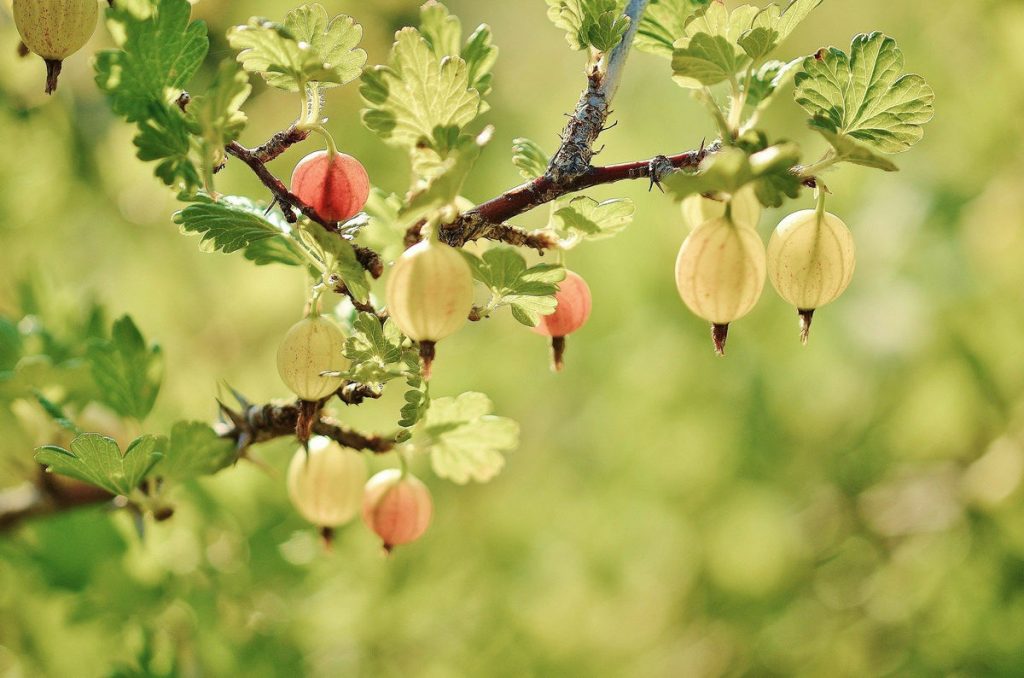
Nodding Onion (Allium cernuum)
Nodding Onion or Lady’s Leek is a perennial plant that grows in dry wooded and rocky areas, as well as prairies. It can be found in dry, open plain fields in Montana. Flowers of the Nodding Onion appear in July or August, making the bulb of the onion edible in summer.
It has an unsheathed conical bulb which gradually tapers into several keeled grass-like leaves. Each mature bulb bears a single flowering stem that terminates in a downward umbel of bell-shaped white or rose (pink) flowers with yellow pollen and yellow anthers.
Nodding Onion can be eaten raw although it has a strong onion-like flavor. The flowers are also edible. There are many health claims for this plant, including: gut, heart, brain and bone benefits. The juice from this plant is also moth repellent which makes it useful in other ways. Nodding Onion is potentially poisonous to dogs.
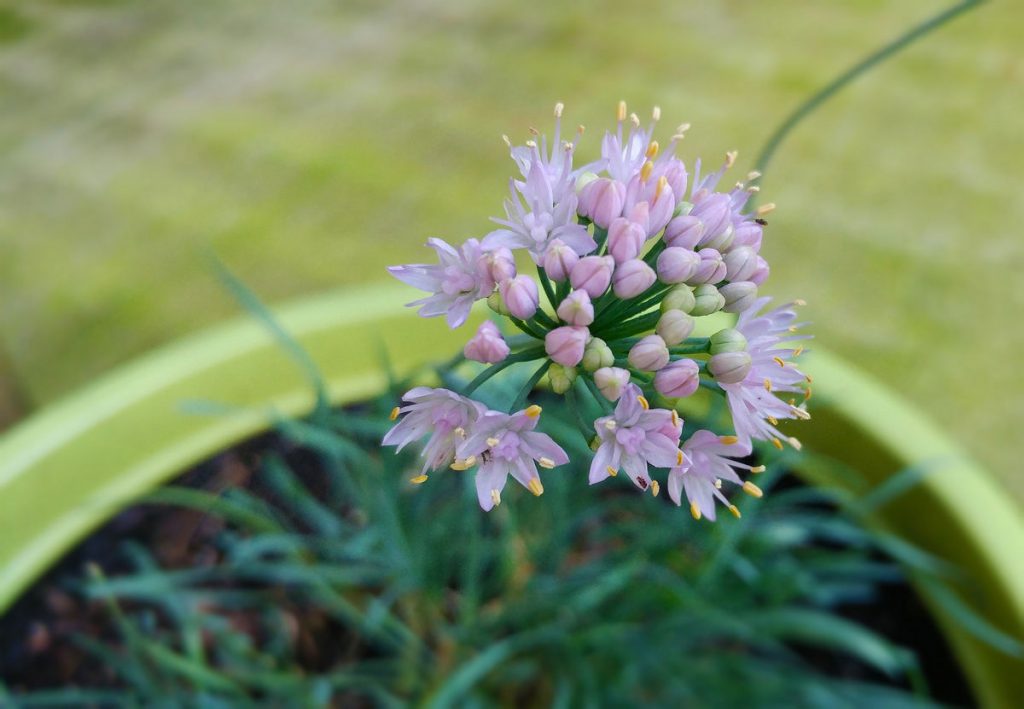
Mountain Sorrel (Oxyria digyna)
Mountain Sorrel, sometimes called Wood Sorrel, Alpine Sorrel or Alpine Mountain-sorrel is a flowering plant that is found in arctic regions and mountainous parts of the Northern Hemisphere. This species is native to eastern North America, including eastern Canada and the north-central and eastern United States, and Appalachian Mountains. In Montana, this wild edible is found in just about every mountain range, more specifically in the Rocky Mountains.
Mountain Sorrel grows in dense tufts, with unbranched and hairless stems. The leaves are kidney shaped. Flowers are small, green and eventually red. The fruit is a small nut, encircled by a broad wing which also turns red – making it easily recognizable. Mountain Sorrel generally has a sour, acidic taste and is rich in vitamin C which can be useful against scurvy. The plant is usually consumed after being cooked but it can also be eaten raw in small amounts (it can be toxic in large amounts).
